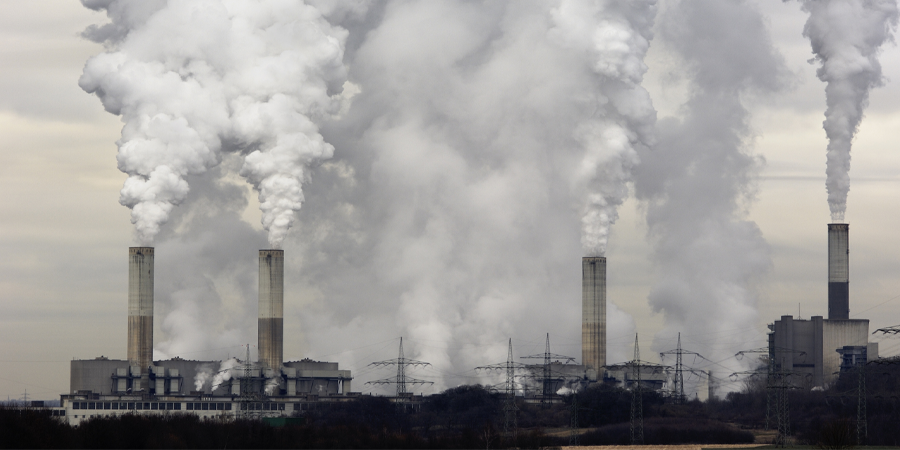How we can help
Coal transition
The urgency to transition away from coal — the largest source of energy-related carbon emissions — grows by the day. We are part of the Coal Asset Transition Accelerator and will collaborate with partners to finance the global shift from coal use to clean power.
Hydrogen
The versatility of hydrogen means sectors can decarbonise where electrification is either unfeasible or too costly, for example in long-haul transportation. Yet, high production and storage costs have turned it into a niche sector with little innovation. To help drive the hydrogen industry forwards, we work with players across the field, to accelerate the cost-effective deployment of hydrogen as an alternative energy source.
Energy flexibility
As the world moves away from fossil fuels, energy systems will need to become smarter and more flexible to handle high energy demand cost-effectively. We work with distribution network operators, aggregators and governments to design and deploy flexible energy solutions.
You can find out more about an example of our flexibility work in Green Britain here.
Network innovation
As renewable energy generation expands, energy systems are becoming more decentralised and distributed. This makes reliability and innovation key priorities for governments and network operators. We give them the knowledge and tools they need to be enablers of the energy transition.
Local area energy planning
Whole energy system approaches to local planning and development are necessary to ensure cities, regions and local areas reach Net Zero in the most cost-effective, coordinated and least disruptive way. We help local authorities to develop data driven Local Area Energy Plans, which are aligned with local priorities and have been developed together with stakeholders. Our address-level energy system modelling underpins the development of a fully costed, spatial plan, outlining what needs to happen, where it should happen and by when. We work with stakeholders to agree on cross-sector roles and responsibilities. In addition, we focus on implementing a governance and delivery approach that turns strategies into practical realities.










